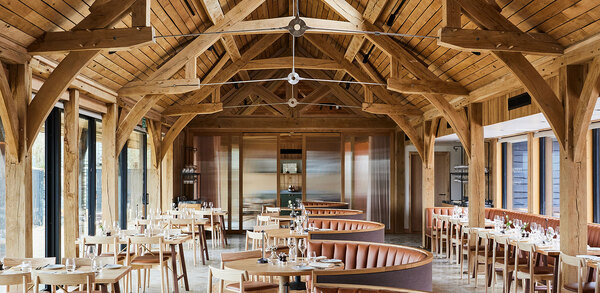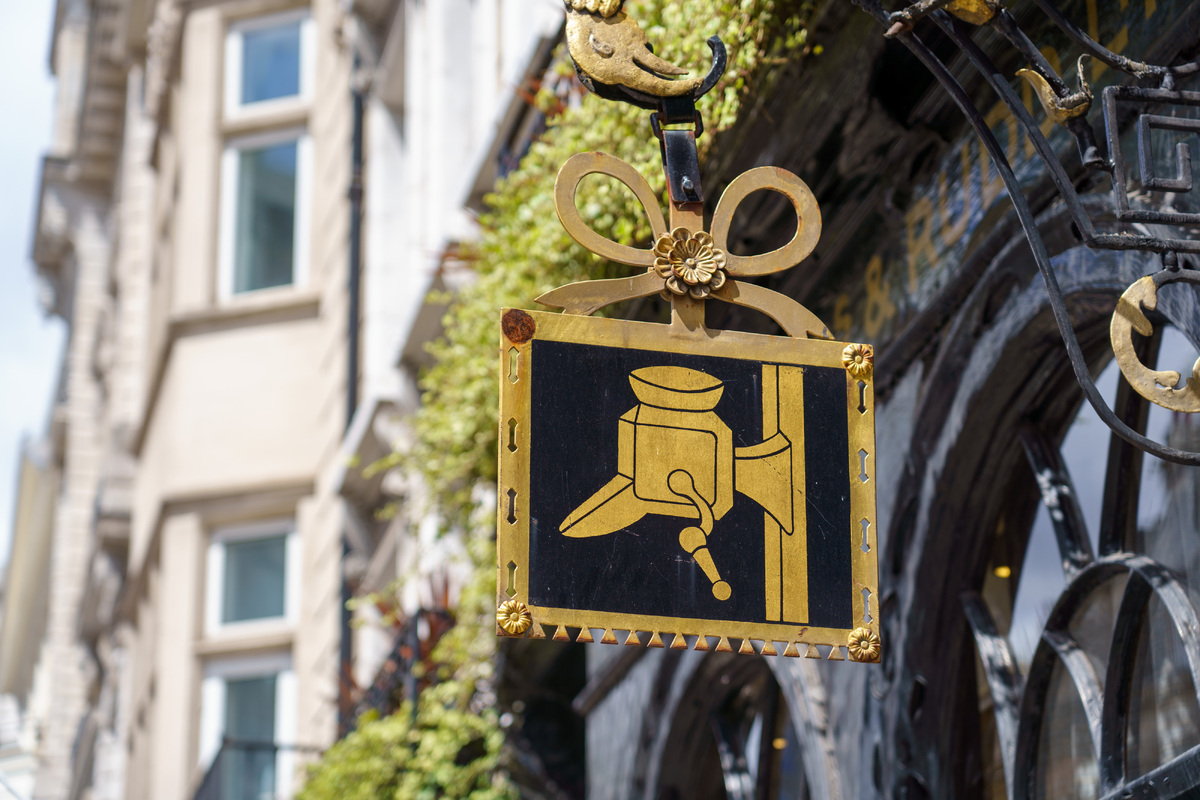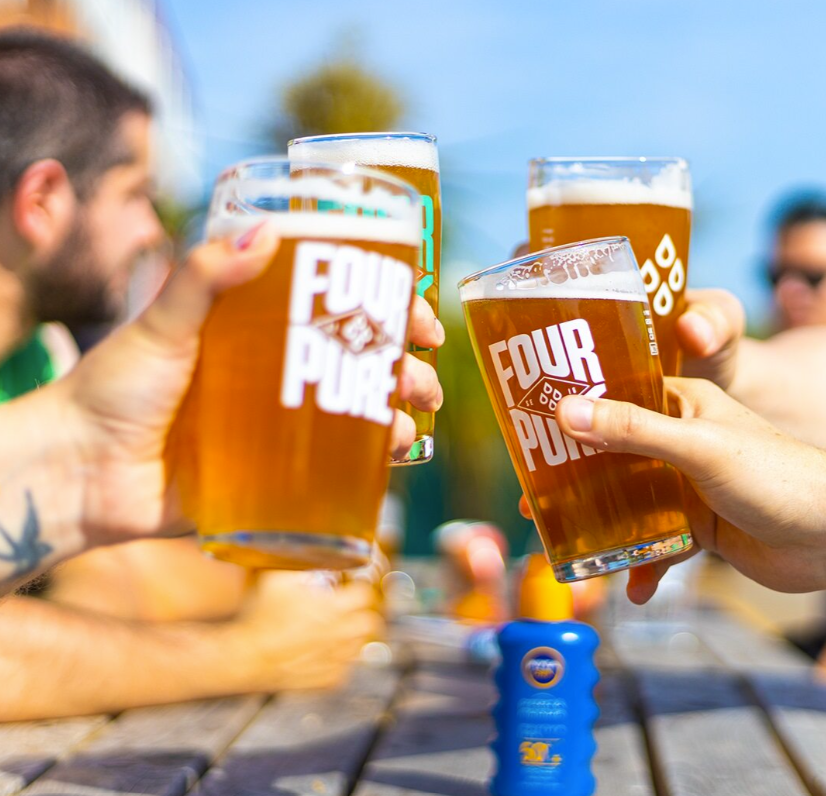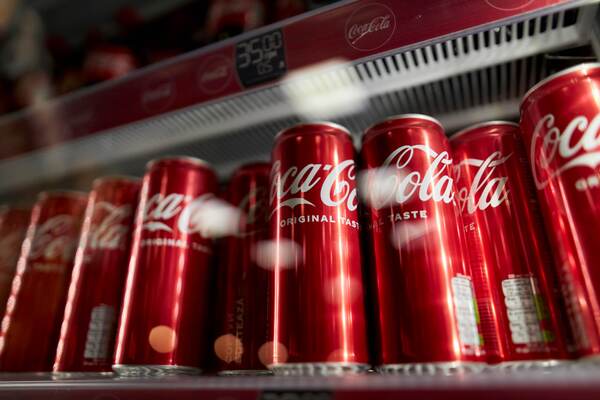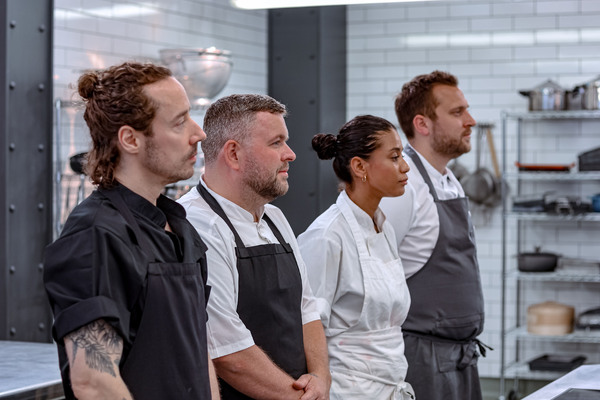An interview with Noma's René Redzepi – Chef Conference 2008
Noma is the jewel in Copenhagen's restaurant crown and its patron, René Redzepi, the chef that everybody in Europe is talking about. Joanna Wood caught up with him for a quick chat in the run-up to next week's Chef Conference
Tell us a little bit about Noma
My business partner, Claus Meyer, and I opened the restaurant in November 2003 in the old docks area of Copenhagen, which has been undergoing regeneration for some years now. We're on a quayside with a very beautiful view. The restaurant is on the ground floor of an old, renovated warehouse and the owners of the building were given a grant to use it to promote Nordic culture, so we wanted something that would reflect that. That's how I first began thinking about really using ingredients local to our area in a new way. That's how "Nordic cuisine" was born.
So, what is "Nordic Cuisine"?
It's a way of cooking based on the produce of our country - and also on the produce from the wider Scandinavian region - using both classical and cutting-edge techniques. For me, it's important that our diners always have a reflection of time and place - so we're very seasonal and very Nordic. You know, when we started experimenting with the local ingredients, everything was so new we didn't know quite how to define what we were doing. And then a journalist came up with the Nordic cuisine tag and it was very helpful - it encapsulated what we're trying to achieve.
Can you just give us a flavour of the type of ingredients you are using?
Well, we use a lot of seafood - horse mussels, deep-sea crabs and langoustines from the Faroe Islands. Also musk ox, lamb and a lot of foraged produce. We have a landmass here with only about 25 million people living in it, so there's a lot of wilderness and it's virtually untouched. There are a lot of wild plants - 50 to 60 common wild herbs, flowers and leaves, and about 60 types of wild berries - so we try to experiment with using them.
Give us some typical dishes from your à la carte menu
Razor clams and horseradish "snow", parsley and dill ramsons and onions from Læsø, with cress and onion bouillon pork from Dronningmølle and leek, malt, seeds and fresh leaves of acidic herbs poached king crab and mussel stock, "ashes" and leek musk ox and glazed beetroot, apple and smoked marrow dried berries and dried cream, walnuts and dust of walnuts garden sorrel and glazed sheeps' milk yogurt, anise and rapeseed oil.
You're doing the razor clam dish for the Chef Conference gala dinner - can you tell us a bit more about it?
OK - we make a parsley gel and roll the clams in this. The "snow" is basically a mixture of frozen buttermilk and horseradish made in a Pacojet which we grate over the dish. We serve it with a sauce made from the fresh juices of the razor clams.
I'm sure there's a bit more to it than that! But let's move on to what you're going to be cooking in your culinary masterclass at the conference - what is it?
I have no idea! In the UK you've got a lot of the same wild plants as we have in Denmark, so I thought it would be good to get Miles Irving [who has a company specialising in foraged ingredients and is based in Kent] along to the conference and see what ingredients he brings with him: then make something with them.
Going back to the razor clams, then - are these traditionally eaten Denmark?
Actually, no. They're in plentiful supply, but have not really been used for hundreds of years in our traditional cooking. I'm sure when Danes were living more of a hunter-gathering life they'd have been used - but we don't have traditional recipes using them. I started to use them because they're not endangered and they're on my doorstep.
You're cooking alongside Sat Bains at the conference dinner - you two met in France, didn't you?
Yes - when we were both doing stages at Le Jardin des Sens in Montpelier a few years ago. Sat was much quieter in those days! He's a super, professional guy - very kind, very generous with his knowledge.
He's handy with his kitchen language, I believe. What's the swear count like in the Noma kitchen?
I don't think it's as bad as in the UK! The British are champions when it comes to inventive ways to swear in the kitchen.
You've got two Michelin stars at Noma - but is Michelin as big a thing in Denmark as it is in the UK?
It's huge. And I think a rating system such as Michelin is a good thing because it plays a big part in moving things forward - everyone wants to be better.
Which chefs or restaurants do you rate in Europe?
I like what Inaki Aizpitarte has done at Châteaubriand in Paris: the restaurant's unpretentious but is pushing forward. In Sweden I think what Mathias Dahlgren does is great [originally at Bon Lloc, now at the Mathias Dahlgren in the Grand Hotel in Stockholm]. Andoni Aduriz at Mugaritz in Spain and Heston Blumenthal's Fat Duck are both brilliant. I ate in London at Claude Bosi's Hibiscus recently and had the best meal I've had in a long time - he's very personalised in his food, which I like. I haven't eaten at Sat's yet, in case you were wondering, but I've eaten his food at culinary festivals and he's extremely talented.
One final thing: if I went to Copenhagen, which restaurants, apart from Noma, should I visit?
It depends on how much time you've got, but you shouldn't miss Mads Refslund's MF or the Paul [Paul Cunningham] which is in the Tivoli Gardens. Also Restaurant Paustian [Bo Bech], or if you don't want to spend so much try Oubæk [Rasmus Oubæk] or Aamands which is fantastic for traditional Danish food, particularly at lunch.
Caterer and Hotelkeeper Chef Conference gala dinner at London's InterContinental Park Lane hotel. He is hosting a culinary masterclass at the conference. For further information and to reserve your place ring Shiva Hobson on 020 8652 3094.




